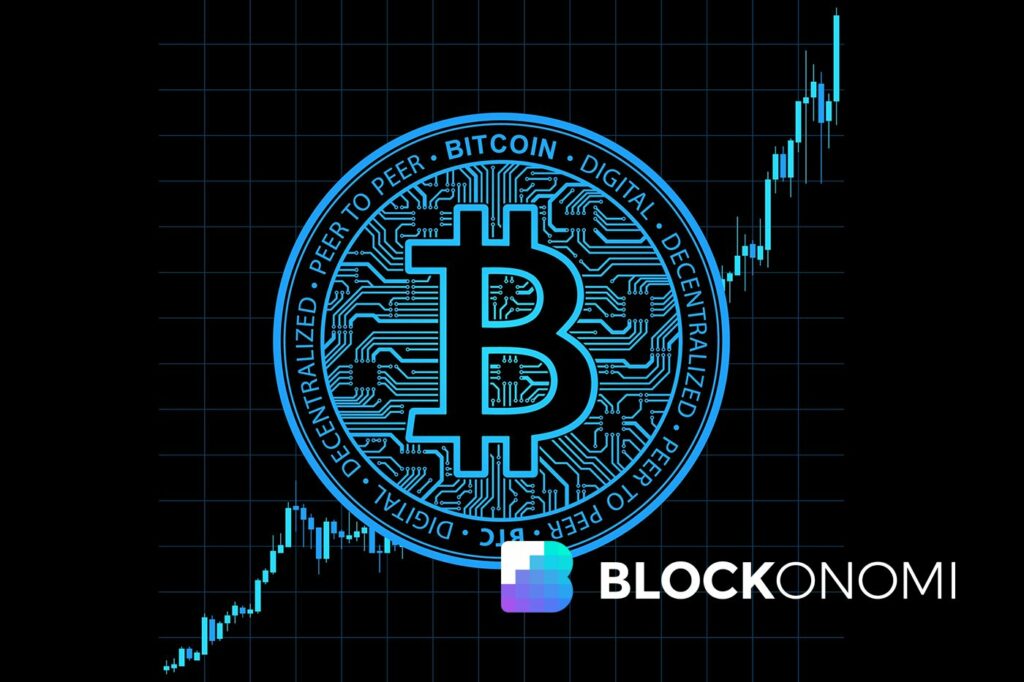
Bitcoin Feels the Heat as Treasury Yields Climb and Dollar Strengthens
The Federal Reserve approaches its January 29 meeting amid a tumultuous market environment, marked by rising Treasury yields and a strengthening dollar. This dual catalyst has led to a notable decline in the price of Bitcoin, which currently trades at $94,840, representing a 12.5% drop from recent highs.
As Treasury yields continue to climb, reaching levels not seen since late 2023, the cryptocurrency market is displaying increased sensitivity to monetary policy expectations. Historically, such movements have resulted in decreased demand for risk assets like Bitcoin and other cryptocurrencies. The Federal Reserve’s stance on interest rates remains a crucial factor in determining the crypto market’s trajectory.
December’s Consumer Price Index (CPI) data indicates an expected 2.8% inflation rate, exceeding forecasts from earlier this month. This upward revision has sparked concerns regarding the potential for more aggressive monetary policy tightening by the Federal Reserve. The CPI figure represents a significant deviation from the central bank’s previously stated targets, potentially leading to an accelerated pace of interest rate hikes.
Despite Chair Powell’s emphasis on data-dependent decision-making during the December meeting, recent comments have hinted at a more hawkish approach in the face of rising inflationary pressures. This shift may prompt investors to reassess their exposure to risk assets like cryptocurrencies and stocks, ultimately weighing on the price of Bitcoin.
The dollar’s significant strengthening against other major currencies has further exacerbated the challenging environment for non-dollar-denominated assets. The euro, in particular, has fallen to parity with the dollar, a development that underscores the heightened caution among investors. This correlation between fiat currency movements and crypto market performance serves as a stark reminder of the interdependent nature of global financial markets.
Wells Fargo economists have recently warned about potential challenges in combating inflation, citing weakening disinflationary factors such as improved supply chains and declining commodity prices. The ongoing battle to balance inflation control with economic stability may result in further monetary policy adjustments, which could further hinder Bitcoin’s growth prospects.
The cryptocurrency market has historically demonstrated a strong correlation with traditional financial markets. As the Federal Reserve prepares for its January 29 meeting, investors are exhibiting growing caution, as evidenced by the parallel movements between Bitcoin and the Nasdaq Composite Index, which dropped by 0.4% on January 13.
Source: blockonomi.com


